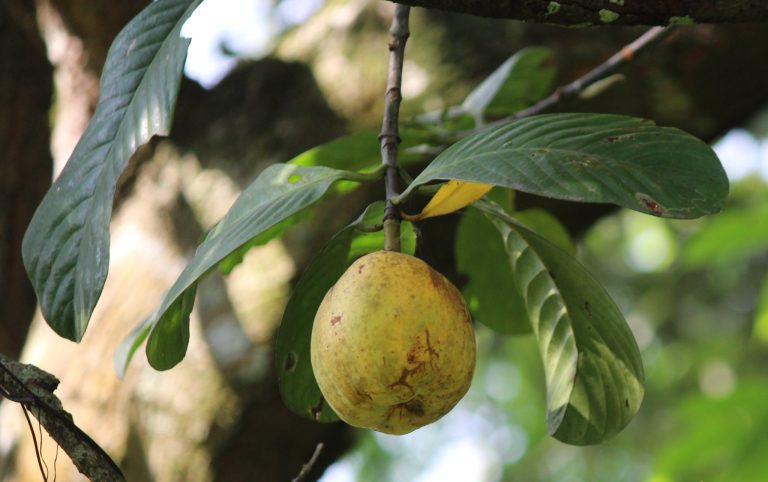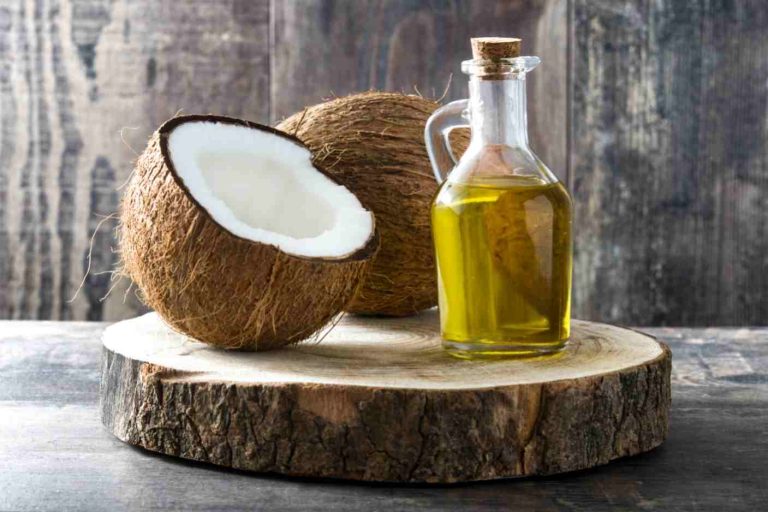
Table of Contents
Jayanti Tree in Ayurveda
Ayurveda experts fear that the jayanti tree may go extinct. A lack of rainfall may lead to the decimation of the tree, causing its death. The Morphology and health benefits of Jayanti Tree are discussed in this article. You’ll also learn about its medicinal values. The jayanti tree has been used in Ayurveda for more than 3,000 years.
Jayanti tree
The jayanti tree is mentioned in Ayurveda since the ancient days of Sages, It is especially mentioned in the Purana (an ancient Indian literary text). The plant is known as ‘jayanti’ in Sanskrit, but it is not clear whether it is the same species as the one used in Ayurveda.
Today, you can only find a single specimen of the jayanti tree, so its use in Ayurveda is quite limited. However, the tree is an integral part of the Bodhon ritual, which marks the beginning of the Durga Puja. However, due to scant rainfall, it may soon become extinct.
Jayanti tree Health benefits
The medicinal properties of the jayanti tree include its beneficial properties for sore throats and cervical lymphadenopathy. Jayanti is found very effective in controlling Vataja Disorders. It is also known by different names in different languages. Besides its innumerable benefits, it can also be used externally for various medical conditions. The leaves, bark, and seeds are used in the preparation of ointments, which are applied to abscesses or vriddhis.
It is one of the best medicines that can balance Kapha and Pitta dosha
Other Ayurvedic names for the jayanti tree include Jayantikaa, Jayanti, and Jaya. It is also known by other names, including Jwaalaamukhi, and Suukshma-muulaa. It is a staple in Ayurvedic medicine and can help with a variety of health problems.
Jayanti tree Morphology
The jayanti tree has the typical morphology of many other trees. This plant grows to three to eight meters (10 to 26 feet) tall. Its leaves are about fifteen to thirty centimeters (six to twelve inches) long, with ten to twenty pairs of leaflets with an odd-numbered leaflet. Its flowers are oblong and 1.5 to ten centimeters (four to four inches) long, borne in two-to-four flower racemes. The flowers have a two-lipped calyx, a thick suture, and are two to four centimetres long. The birch tree’s fruit are oblong, with a suture that extends from the leaf axis. The seeds are eight to ten millimeters in size.
Jayanti tree medicinal values
The stem and leaves are used as teas, while the bark and stem contain tannins and proteins. A paste made from the seeds is applied to scorpion bites, while the leaf paste is applied to hair before bathing. The bark is used for its medicinal values in ointments. This is an excellent plant for vata imbalances and coughs. This medicine is also indicated in many other conditions like:- Dysuria, urinary retention, toxic conditions, poisoning, neuralgia, paralysis, bloating, constipation, psychiatric conditions, cervical lymphadenopathy, Cervical lymphadenopathy.
Jayanti based medicines are best known for their ability to kindle digestive fire, thereby acts both as a carminative and digestion, recent studies tell that it act as an anthelmintic, At the same time it improves the immunity and prevents many of the upper respiratory tract disorders and helps to get a clear throat.
If you are looking for something to detoxify your blood, Jayanti is the best option for you because Jayanti will improve the blood circulation and it helps to detoxify the blood. It also act as anti pyretic in case of fever conditions. Anyways its better to consult your Ayurvedic Physician before starting this medicine for better results.









